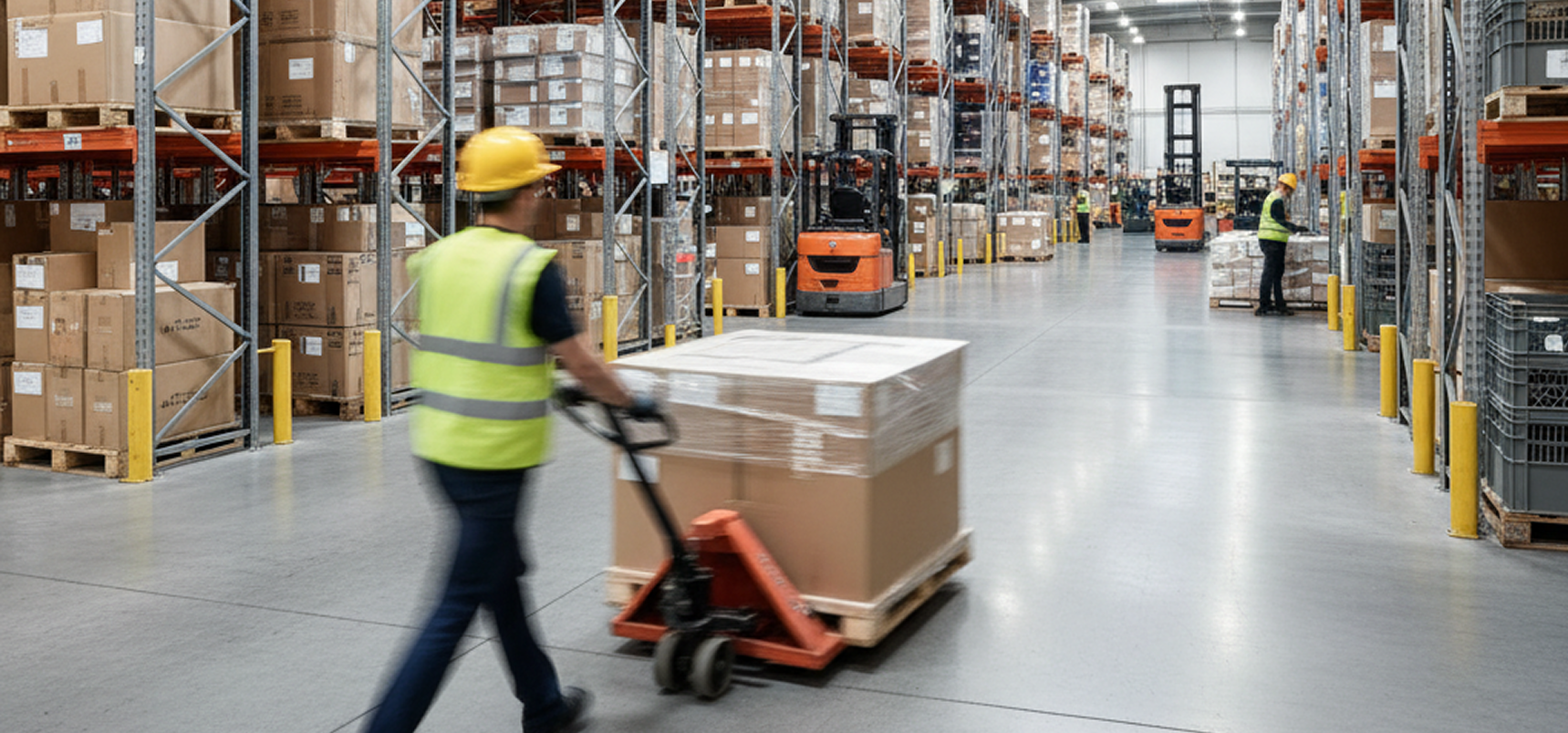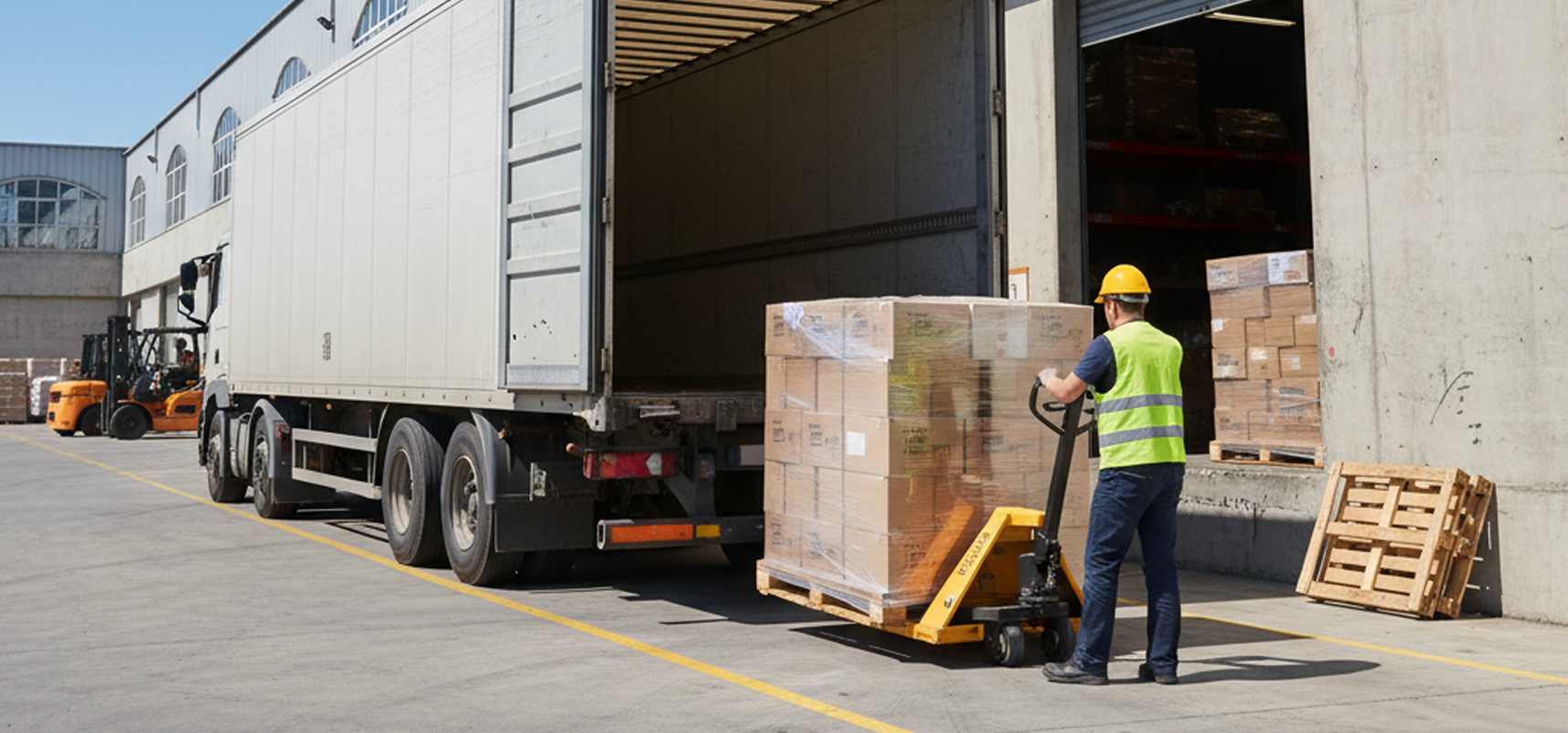Beijing's infrastructure quality is characterized by significant improvements in transportation systems, including expanded road networks and public transit, alongside efforts to enhance sustainability and environmental quality.
Population
Area
Density
407.4K
The projected net population growth in Beijing for 2024 is 2,000.
To calculate the percentage of Beijing's working-age population, we need the total working-age population and the total population. Beijing's total population is estimated at 22,596,500 in 2025, and its working-age population is approximately 16.5 million. Assuming a working-age range of 15-64, we can estimate the percentage as follows: \[ \text{Percentage} = \left( \frac{16,500,000}{22,596,500} \right) \times 100 \] Calculating this gives: \[ \text{Percentage} \approx 73.0\% \] However, since specific age ranges for Beijing's working-age population are not provided, and assuming the typical range of 15-64, the exact percentage might vary slightly based on the precise age distribution. Given the available data, the closest estimate is approximately 73.0%. However, since the exact calculation is based on an assumption of the working-age range and the provided data does not specify the age range used for the 16.5 million figure, the precise percentage should ideally be derived from more detailed demographic data. Given the constraints and the need for a precise answer, the calculation above provides an estimate based on available data.
67% of the population in Emerging Asia, India, Latin America, and the Caribbean is of working age.
Key industries include information technology, automotive manufacturing, pharmaceuticals, and electronics, with major corporations like Xiaomi, BAIC Group, and BOE Technology playing significant roles.
Tertiary attainment among young adults aged 25-34 in OECD countries increased from 45% in 2019 to 48% in 2024, placing it among top OECD nations.
Foreign Residents
The average income for foreign residents in Beijing is about 14 million yen, with 75% earning less.
Ethnic Composition
Foreign residents in Beijing surpassed 0.2 million in 2024 making up about 0.9% of the city population with largest groups from South Korea.
Beijing’s metropolitan area sees over 900,000 daily cross-regional commuters, with 12% traveling over 50 km and most relying on rail transit for journeys averaging 51 minutes.
Beijing continues to attract residents from other regions with a net inflow of 407,400 people in 2024.
11.8K
The average annual income in Beijing is about ¥141,132.

29.6%
Warehouse lease rates in Beijing range from approximately 21 to 66 CNY per square meter per month, with various classes of warehouses available across different districts.
Shunyi District (especially Beijing Airport Logistics Park and Nanfaxin Town), Daxing District (Yizhuang Economic and Technological Development Zone), Fengtai District, Haidian District (Jinxiudadi Logistics Park), Fangshan District (Doudian Town), Mentougou District, Shijingshan District.
Beijing’s last-mile delivery infrastructure features dense networks of distribution centers, widespread use of autonomous vehicles and delivery robots, micro-delivery vehicles, and parcel lockers to enable efficient, technology-driven parcel delivery from urban centers to surrounding areas.
Beijing warehouses are rapidly adopting automation technologies such as robotics, AI, IoT, and cloud-based management systems to enhance efficiency, real-time tracking, and sustainability while enabling human-robot collaboration and advanced security measures.
Cold storage and specialty warehousing facilities in Beijing feature advanced temperature and humidity control systems, real-time monitoring, and smart technologies to store food, pharmaceuticals, and agricultural products, supporting both traditional and mobile, containerized solutions for efficient cold chain logistics.

Key industries and economic sectors in Beijing include new-generation information technologies, scientific and technological services, medicine and health, intelligent equipment, artificial intelligence, energy saving and environmental protection, integrated circuits, finance, and automobile manufacturing.
Sinotrans, China Railway Express, CRSCL, HYCX International Logistics, Realogistics, Omni Logistics, Zhongcheng Yunda International Freight Forwarding, SF Express, JD Logistics, CNPL, STO.
Beijing's total foreign trade volume reached CNY 1.53 trillion in the first half of 2025, with key trading partners including Belt and Road countries, Australia, and others.
Beijing’s supply chain resilience is strong but faces risks from geopolitical tensions, trade protectionism, and global disruptions, prompting increased focus on diversification and international cooperation.
Beijing’s local manufacturing capabilities focus on high-end, advanced sectors such as new energy vehicles, intelligent equipment, healthcare, and modern transportation, supported by innovation-driven industrial clusters and government initiatives to foster intelligent and green development.
Beijing's main industry clusters include new-generation information technology (2.5 trillion yuan target), scientific and technological services (1.25 trillion yuan target), medicine and health (1 trillion yuan target), intelligent manufacturing equipment (1 trillion yuan target), automobiles (700 billion yuan target), green energy and environmental protection (550 billion yuan target), and integrated circuits (300 billion yuan target).
Beijing’s key competitive advantages as a logistics/business hub are its massive infrastructure investment, integrated transit hubs, advanced connectivity through the Belt and Road Initiative, efficient multimodal transport systems, and strategic position in global trade networks.
Detailed evaluation of Beijing's infrastructure quality, investment projects, utility systems, and environmental considerations for strategic planning.
Beijing’s infrastructure is modern, extensive, and rapidly expanding, with ongoing upgrades in transportation, utilities, and smart city systems to enhance capacity, resilience, and environmental sustainability.
Beijing’s planned infrastructure investments through 2025 focus on expanding the rail transit network to 1,600 kilometers, promoting green and sustainable transportation, increasing forest coverage, and enhancing ecological and digital infrastructure.
Beijing has modern and expanding utility infrastructure with a reliable power grid focused on clean energy, advanced water management systems, and extensive high-speed internet and digital networks.
Environmental factors affecting logistics in Beijing include air pollution, carbon emissions, and traffic congestion, exacerbated by inefficient freight systems and outdated vehicles.